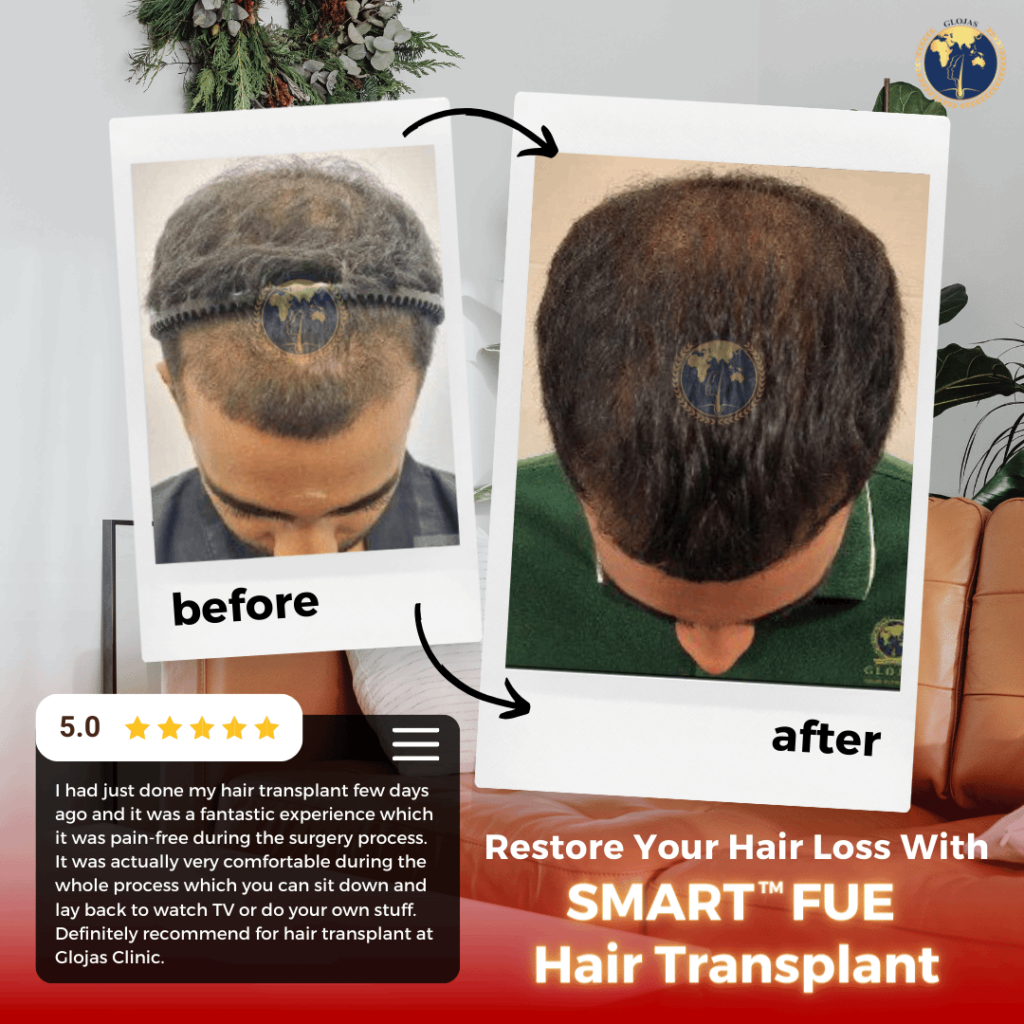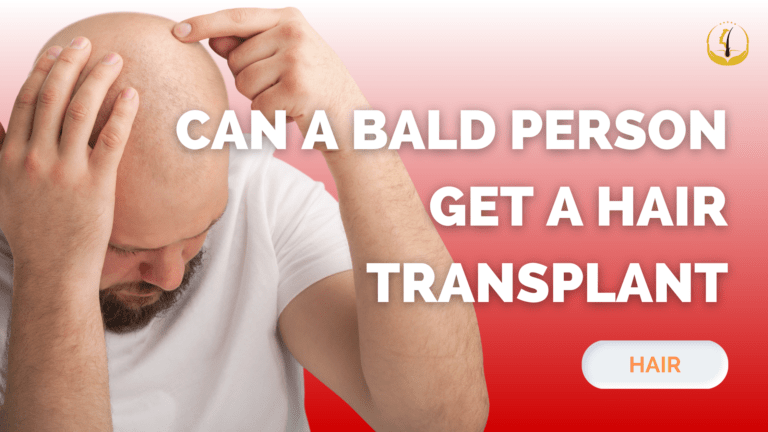Hair loss, a universal concern impacting millions globally, can profoundly affect self-esteem and confidence. In the realm of medical advancements, hair transplants have emerged as a sought-after solution for those looking to restore their hairline and regain a more youthful appearance. But the burning question remains: Can a completely bald person undergo a hair transplant? Let’s delve into the details!
What is a Hair Transplant?
Hair transplantation is a surgical procedure involving the relocation of hair follicles from one part of the body, typically the back or sides of the head, to areas experiencing baldness or thinning. Primarily targeted at individuals facing male or female pattern baldness due to genetic factors, these areas often display receding hairlines, thinning crowns, or bald patches.
Hair Transplants for Bald Individuals
Contrary to intuition, individuals with significant baldness can indeed be candidates for hair transplants. However, several critical factors need consideration.
- Donor Hair Availability: The success of a hair transplant largely depends on the availability of donor hair follicles. Completely bald individuals may lack viable donor hair on the back and sides of the head. In such cases, hair can be sourced from alternative areas, such as the chest or beard.
- Expectations and Realistic Results: Individuals with severe baldness must harbor realistic expectations. While a hair transplant can significantly enhance the scalp’s appearance, achieving a full head of hair comparable to someone without any hair loss might be an unrealistic expectation.
- Advanced Techniques: Advancements like SMART™ Follicular Unit Excision (SMART™ FUE) and SMART™ Follicular Unit Transplantation (SMART™ FUT) at GLOJAS enable the extraction of individual hair follicles for transplantation. These techniques facilitate a more targeted approach, allowing transplantation in areas with minimal existing hair.

- Combination Therapies: Complementing hair transplant procedures with therapies like SMART™ platelet-rich plasma (SMART™ PRP) treatment or medications such as minoxidil and finasteride can enhance overall effectiveness and promote hair growth.
Considerations for Hair Transplants in Bald Individuals
Before committing to a hair transplant, individuals with extensive baldness should take note of the following considerations.
- Consultation with a Hair Specialist: A thorough consultation with a qualified hair transplant specialist is essential to assess the procedure’s feasibility and establish realistic expectations.
- Individualized Treatment Plan: Each individual’s hair loss pattern is unique. A customized treatment plan tailored to specific needs ensures the best possible results.
Cost and Investment:Hair transplants involve a significant financial investment. Consider the costs of the procedure, follow-up appointments, and any potential touch-up sessions.
Recovery and Downtime: Understand the recovery process and downtime associated with the procedure. Patience is key, as it may take several months to witness the full results.
Inarguably, hair transplants have revolutionized hair restoration, providing hope to those grappling with baldness. While a completely bald person can undergo a hair transplant, factors like donor hair availability and realistic expectations are pivotal in achieving successful results. If you’re contemplating a hair transplant and dealing with extensive baldness, consulting with GLOJAS hair experts will guide you towards the most suitable options, enabling an informed decision on your hair restoration journey.
FAQs (Frequently Asked Questions)
Q1: Can a person with complete baldness get a hair transplant?
A: Yes, individuals with significant baldness can still be candidates for hair transplants, considering factors like donor hair availability.
Q2: What is the SMART™ FUE technique?
A: SMART™ Follicular Unit Excision is an advanced hair transplant technique that allows the extraction of individual hair follicles for transplantation.
Q3: Can a hair transplant achieve a full head of hair for severely bald individuals?
A: While a hair transplant can significantly enhance appearance, achieving a full head of hair comparable to someone without any hair loss may be unrealistic.
Q4: What are the considerations for individuals with extensive baldness before a hair transplant?
A: Considerations include donor hair availability, realistic expectations, advanced techniques, and potential combination therapies.
Q5: What is the duration required to see the complete results of a hair transplant?
A: It may take several months to see the full results of a hair transplant, and patience is crucial during the recovery process.
Q6: Are there alternatives to donor hair from the back and sides of the head?
A: Yes, hair can be harvested from alternative areas, such as the chest or beard, when donor hair is not sufficiently available on the back and sides.
Q7: What is SMART™ PRP treatment in hair restoration?
A: SMART™ platelet-rich plasma treatment is a complementary therapy that can enhance the overall effectiveness of a hair transplant and promote hair growth.
Q8: How much does a hair transplant cost?
A: Hair transplants involve a significant financial investment, considering the procedure, follow-up appointments, and potential touch-up sessions.
Q9: Is consulting with a hair transplant specialist necessary?
A: Yes, a thorough consultation with a qualified hair transplant specialist is crucial to assess the feasibility of the procedure and set realistic expectations.
Q10: Can a hair transplant be combined with other therapies?
A: Yes, hair transplant procedures can be complemented with therapies like SMART™ PRP treatment or medications such as minoxidil and finasteride to enhance overall effectiveness and promote hair growth.

